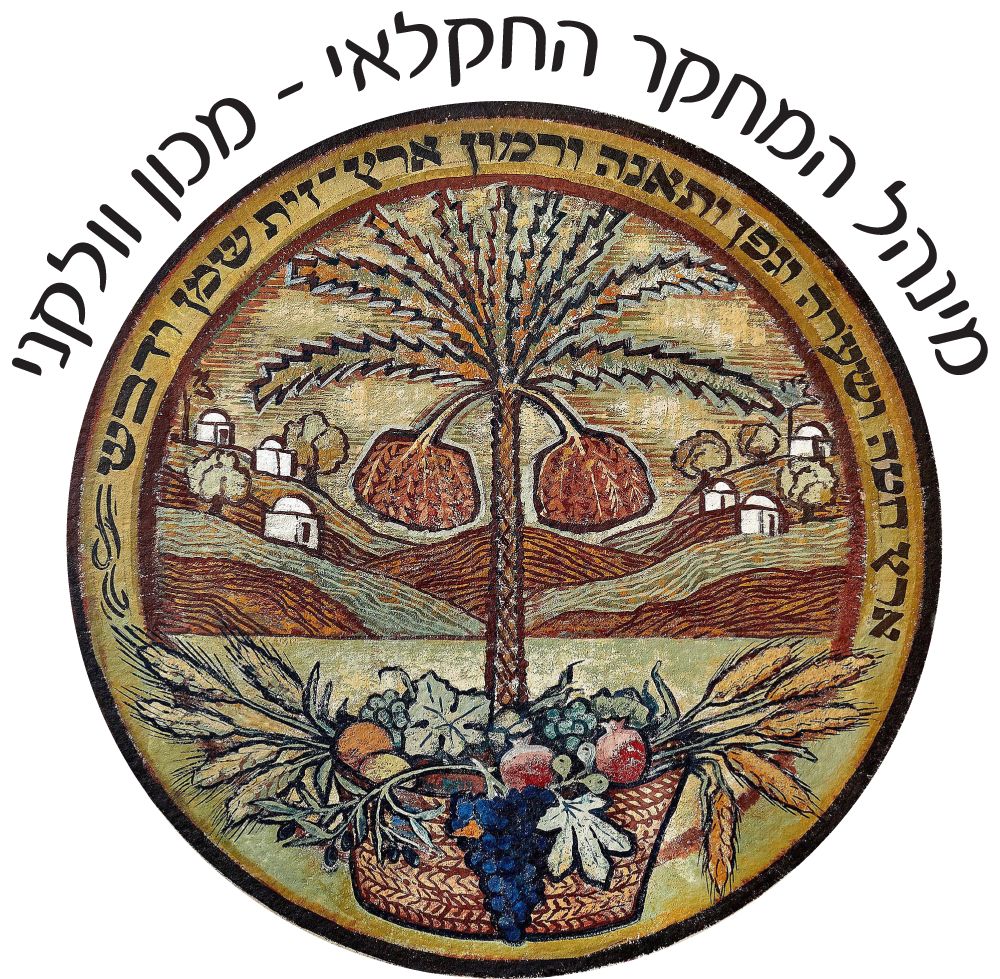Itay Maoz Ph.D.
- Institute of Postharvest and Food Sciences
- Postharvest Science
- Agricultural Research Institute 68 HaMakabim Street, P.O. Box 15159 Rishon LeZion 7505101
- +972-506220777
- +972-3-968-3627
Biography
Itay is a Biotechnology Engineer from Ben-Gurion University, with a Master’s degree in Wine and Terroir Management from the École Supérieure d’Agricultures d’Angers, France, and a PhD from the Hebrew University in Biochemistry and Flavor Properties of Grapes. Itay was a Postdoctoral Fellow at Purdue University, Indiana, USA, during which he discovered a novel biological system that supports the release of volatile organic compounds from flowers. Itay research focuses on taste, aroma, and health and nutrition components in fruits and vegetables at the Department of Agricultural Produce Research, Volcani Institute.
Education
-
2006-2010
B.Sc. in Biotechnology Engineering, Ben-Gurion University, Israel
-
2010-2012
M.Sc. in Wine and Terroir management from ESA - École Supérieure des Agricultures, Angers, France
-
2013-2019
Ph.D. in Biochemistry, Food Science and Nutrition, Hebrew University, Jerusalem, Israel
-
2019-2021
Postdoctoral Fellowship, Purdue University, IN, USA
Research Interests
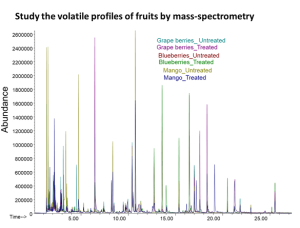
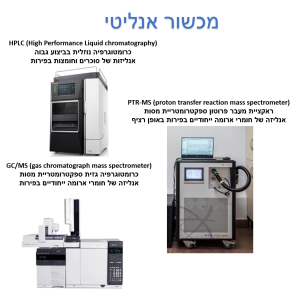
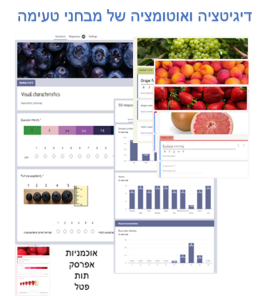
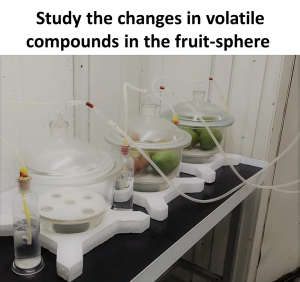
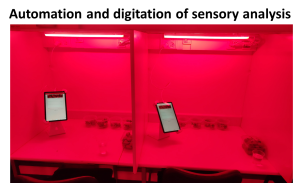
The research in Maoz Lab focuses on studying taste, aroma, and health and nutrition components to improve the quality of fruits and vegetables in Israel, mainly strawberries, blueberries, raspberries, and grapes.
Studying the Taste and Aroma Properties of Fruits and Vegetables
The taste of fresh agricultural produce is a complex trait that combines several characteristics, including sweetness (grapes), acidity (raspberries), bitterness (grapefruit), astringency (persimmon), and even saltiness (pineapple). These taste characteristics are determined by dozens of compounds absorbed in the oral cavity, such as sugars, acids, and phenols. In contrast, the aroma compounds, volatile organic compounds (VOCs), in fruits and vegetables, which give the produce its unique and characteristic taste, consist of hundreds of volatile compounds that are released from the plant tissue before (strawberry, raspberry) and/or during eating (grapes, tomato) and are perceived by the olfactory bulb.
The work focuses on developing analytical methods for characterizing the flavor components through advanced analytical equipment, such as GCMS, HPLC, and PTRMS. The laboratory is developing methods to increase the production and storage of those unique VOCs and characterizing their role in the plants and for humans. The work in the laboratory includes supporting the development of new cultivars as part of the strawberry, raspberry, and grape breeding programs and examining the effect of anaerobic stress on changes in the production of flavor compounds.
Recently, the laboratory began creating databases for volatile compounds from various fruits and vegetables to generate new insights into flavor components’ importance and examine the unique flavor characteristics in Israel derived from the local growing, transportation, and storage conditions.
Examining the Health and Nutrition Properties of Fruits and Vegetables
Plants produce a variety of phytochemicals with known or presumed bioactivity, usually as part of the plant’s defense mechanisms against pests, i.e., fungi and herbivores. These compounds can also be important for humans, with some having health-promoting properties that contribute to preventing non-communicable diseases. Therefore, next to the nutritional components, the health characteristics are one of the important reasons for consuming fresh agricultural produce. Fruits are known to have high concentrations of health substances: blueberries, raspberries, strawberries, and apples.
In the laboratory, we learn about the biosynthetic pathways and molecular barriers involved in producing and storing the compounds to improve the health value of fresh agricultural produce. As part of the work in the laboratory, we are examining the effect of global warming on the nutritional and health-promoting properties of the fruit, as well as the effect of postharvest storage on its quality. The research in the laboratory focuses on the characterization of the phenylpropanoid group, which is one of the most important groups for humans and includes various types of compounds, such as pigments (anthocyanins) and compounds with known bioactivity (resveratrol and quercetin).
Research Areas
- Aroma and Flavor Compounds
- Sensory analysis
- Biochemistry
- Health and Nutrition Properties
- Phenols
- Postharvest Storage
